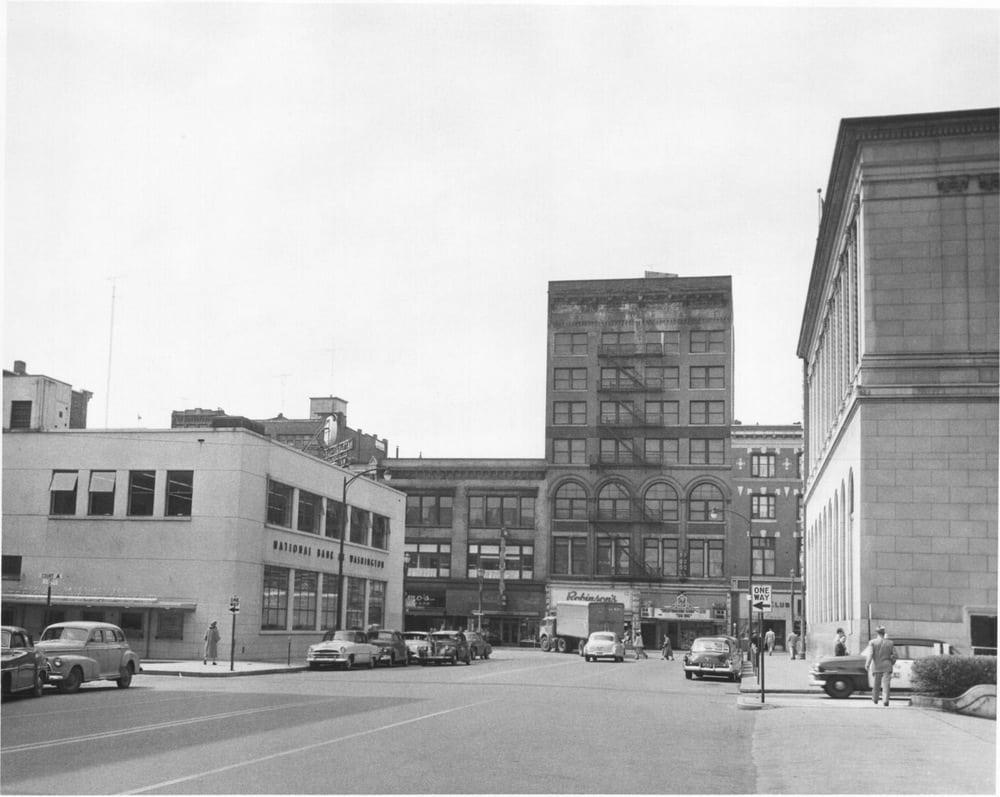People walking along Tacoma’s downtown strip of Pacific Avenue don’t realize the history of what once stood where modern buildings now rise. As far as most people know, what is there has always been there, as old buildings give way to newer ones, sometimes erasing or covering up the history of Tacoma’s early days.
In some cases, Tacoma’s past is simply repurposed for modern uses. Such is the case of the infamous – and little known – Turkish bathhouse near the corner of 13th Street and Pacific on land that is now the Pacific Plaza.
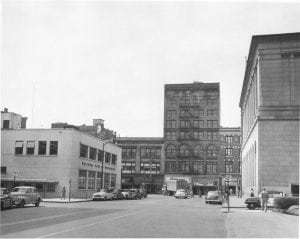
The spot was once called the Kentucky Block, named after the Kentucky Liquor Co. that was its anchor tenant when it opened in 1890. Other places on the property served as a boarding house and retailers of men’s fashionwear for decades. Kentucky Block was also the site of many police raids. It was owned by Peter Sandberg, after all. He was one of Tacoma’s top mobsters during the turn of the last century and frequently found himself facing charges of corrupting lawmakers, boot legging, bribing cops and promoting prostitution.
The fact that the building also housed a Turkish bath and was owned by a mobster just screams police investigations to modern Tacomans. Sure, it is true in this case, but the idea of bathhouses being seedy dens of lawlessness is relatively new.
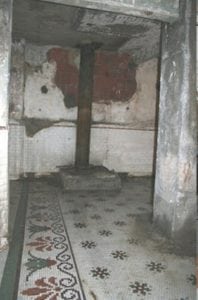
Tacoma was full of them, particularly along that area of Pacific Avenue, which was the city’s haberdashery district. The streets were filled with tailors, shoemakers, hat makers and outfitters for men heading to the forests and fields in search of fortune. Lower floors often operated as various bathhouses since boarding rooms and hotels didn’t always offer private bathrooms.
Sailors who just arrived from a voyage or loggers recently back from the forest with money in their pockets and months of grime on their bodies sought to soak away the dirt before finding adventure on the streets of the City of Destiny back in those days.
“That is totally something you did,” Tacoma historian and Artifacts Principal Michael Sullivan said. “That was just part of health. It was a classy thing to do.”
Men would visit Turkish, Russian or Japanese bath houses, or Norwegian saunas, as their first steps toward entering society after months on ships or in logging camps. Such places didn’t have the connotations of being locations of crime and prostitution that exist today. But with Sandberg as the owner, something illegal was just about always going on there, at least informally.
“If Peter Sandberg owned it, there was some element of shadiness to it,” Sullivan said.
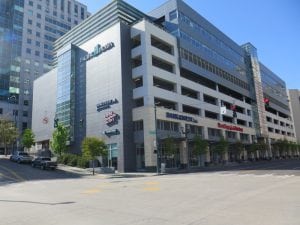
Sandberg owned many buildings around Tacoma, all of which just happened to be regularlyraided by police for illegal activity. Those police troubles would mean stiff legal bills for Sandberg, who died largely penniless in 1931. But his death didn’t end the legal troubles for his buildings, which became part of Vito Cuttone’s mob empire. He was a crime boss who reigned for three decades, until his death in 1961. This 30-year run as crime boss involved all things vice, from prostitution to gambling, loan sharking, bribes and “pay for protection” from police visits. He was called the “king of pinball” because it one of his least-illegal businesses. But of course, that was just a way to launder money. Bars would lease the machine for much more than what they could ever earn from them just so police or late-night arsonists wouldn’t enter their doors.
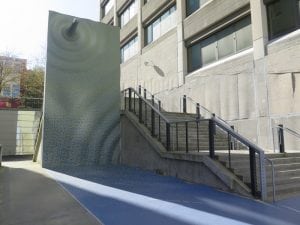
Many of the scenes where all of these nefarious things happened – like the mob-tied Turkish bath – vanished to history only to be rediscovered. The Kentucky Block gave way to a city-owned parking garage and more recently the Pacific Plaza. The $35 million conversion from parking stalls to office and retail spaces included a bit of inspired genius. The watertight bathhouse, which had been covered over for the parking garage, was reused as a cistern to hold 190,000 gallons of rainwater that would then be used to water plants and flush toilets in Pacific Plaza. It was the first large-scale, environmentally sustainable building in the region, thanks in part to the reuse of rainwater that was made possible by the ceramic ties in the bathhouse.
“It’s still kind of in place down there,” Tacoma’s Capital Project Improvements Manager Josh Clarke said. “It’s not always filled with water. It’s just sort of left in place. It’s kind of a sealed room.”
No, people can’t readily tour it, so don’t ask. But there it sits, still serving the needs of Tacoma 128 years later. If only those tiles could talk. They would tell tales that would seem pulled from a Dashiell Hammett’s detective novel… But that is a story for another time.


































